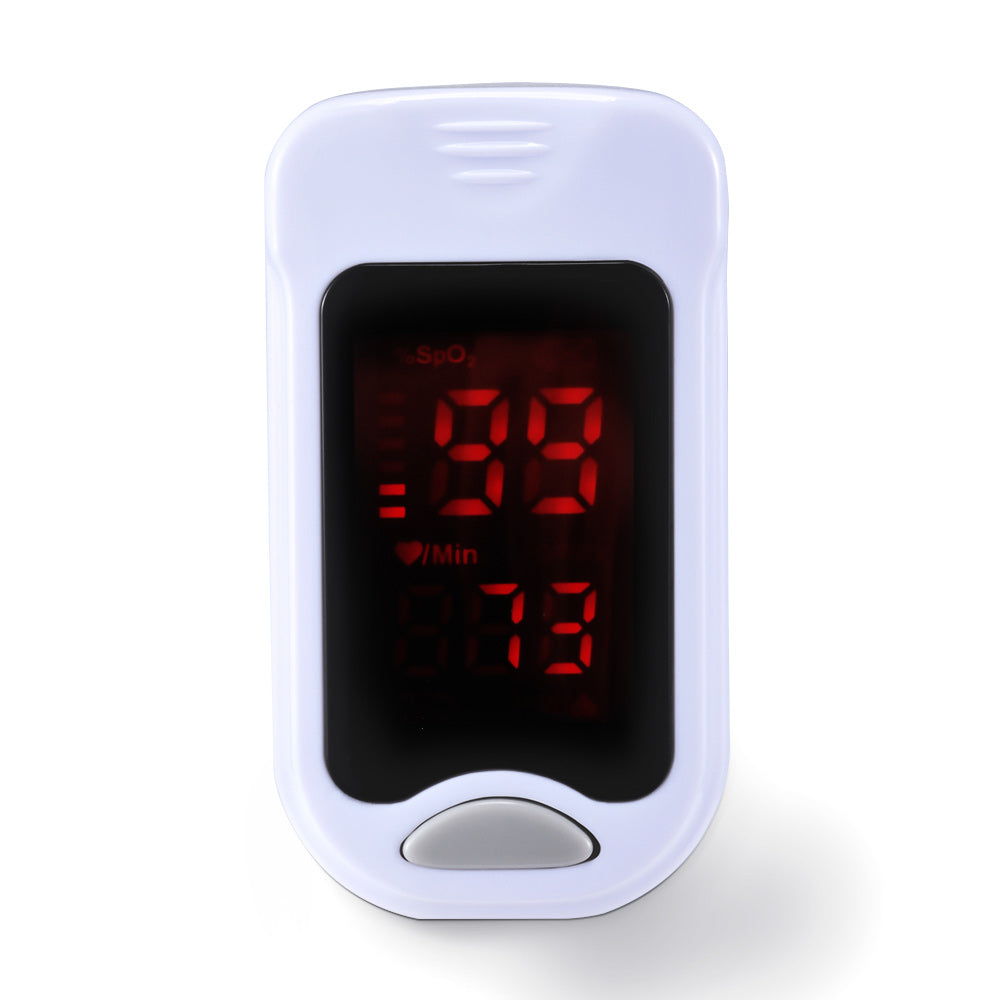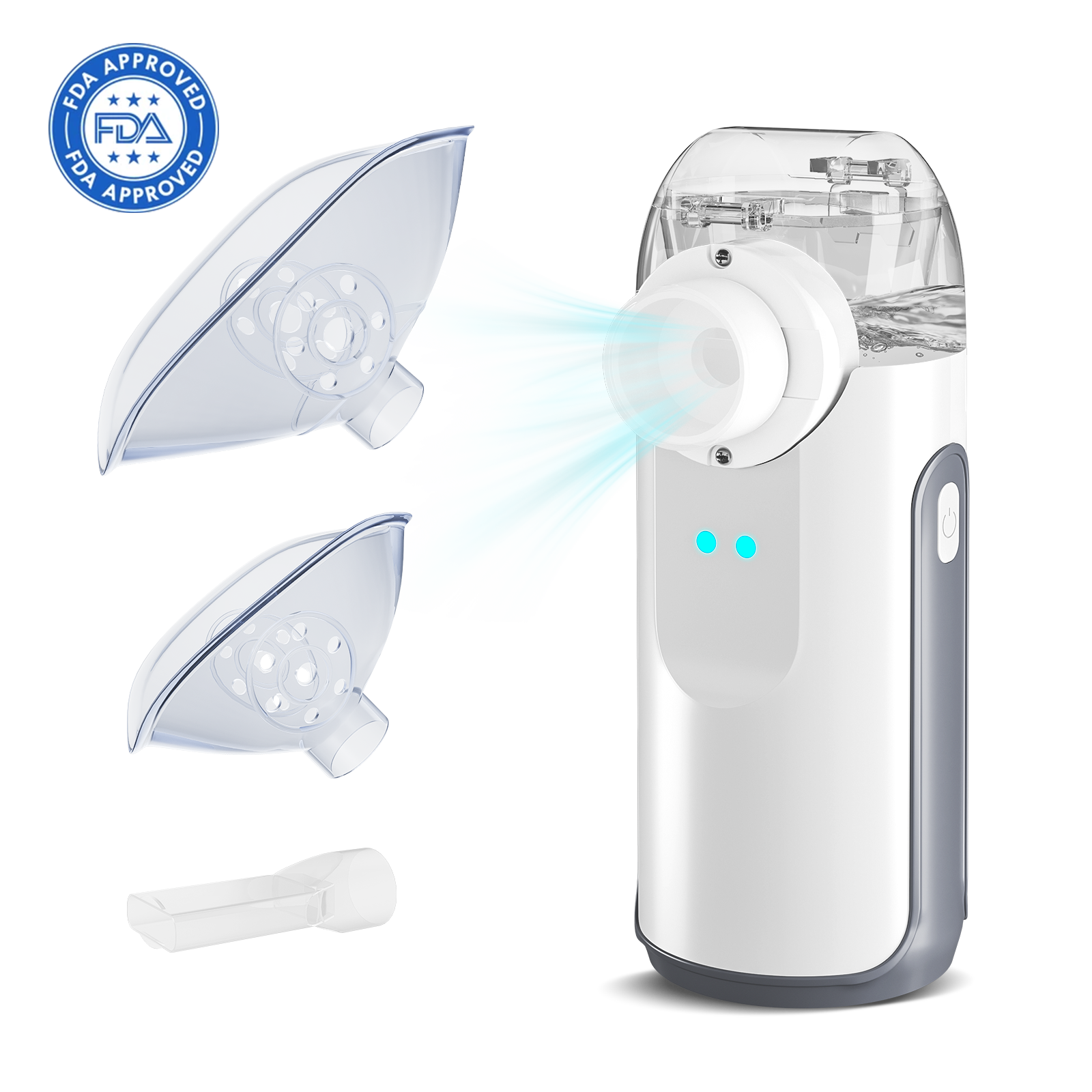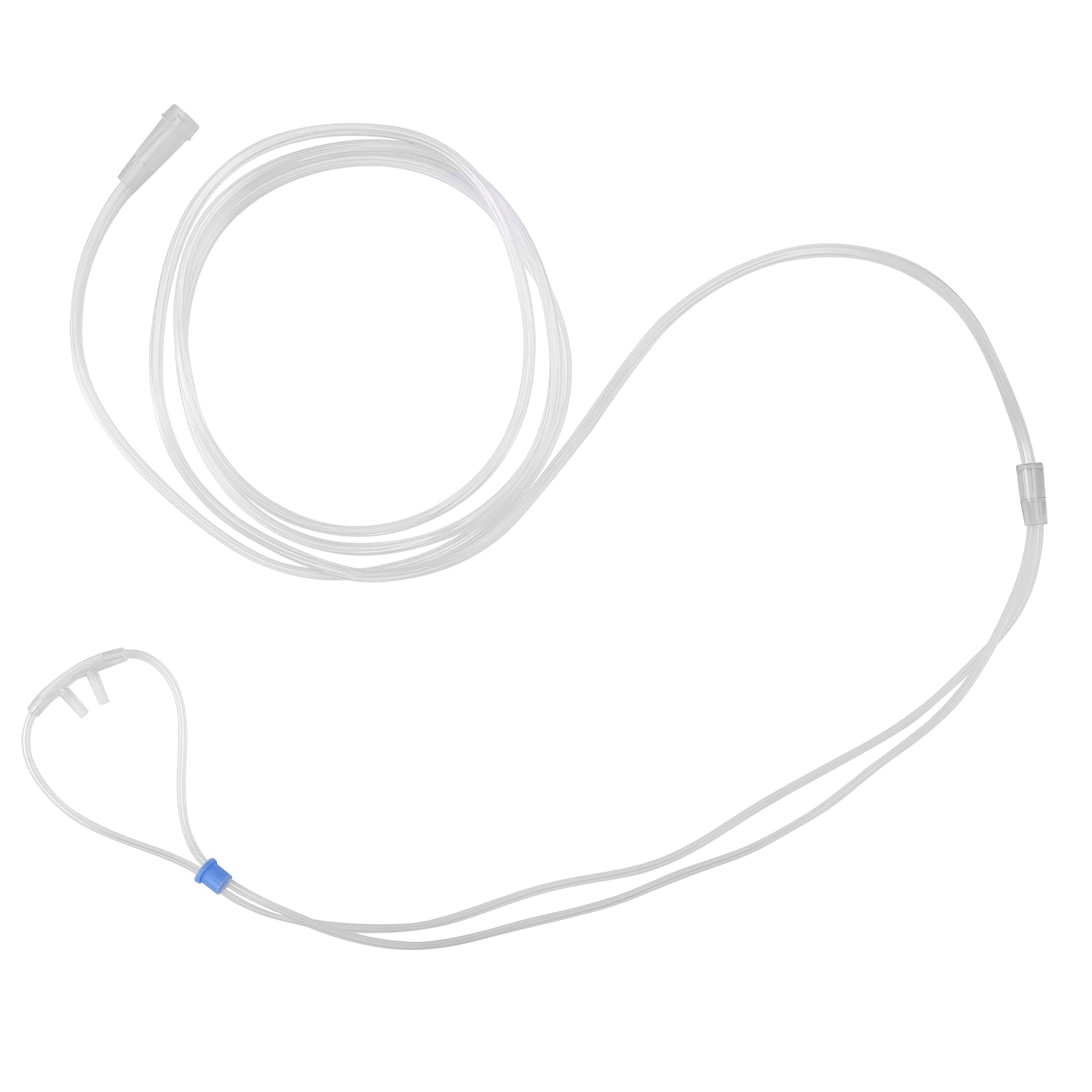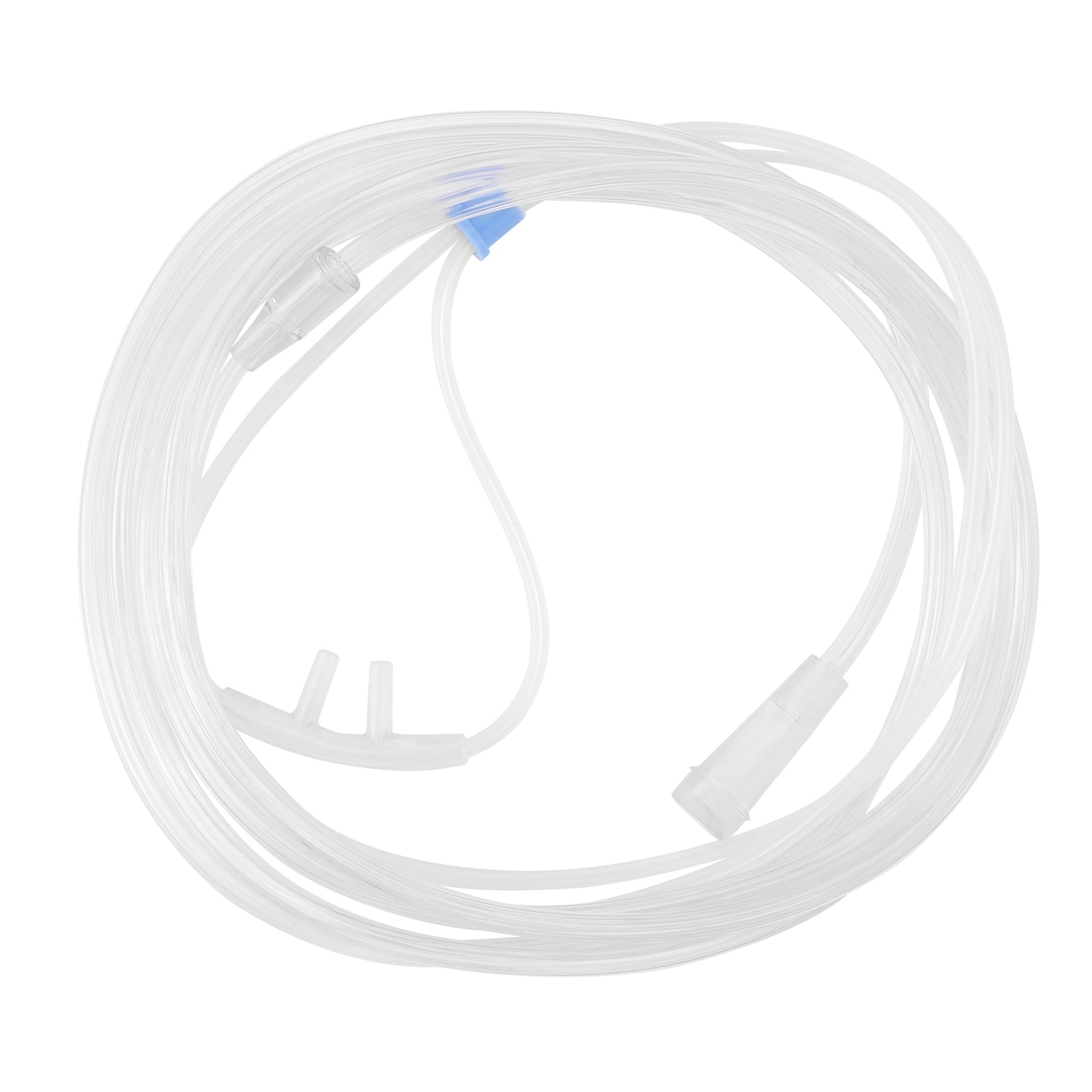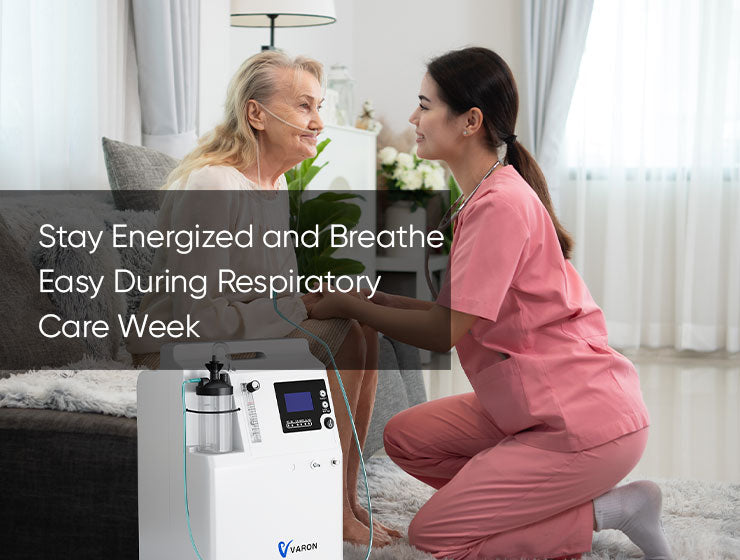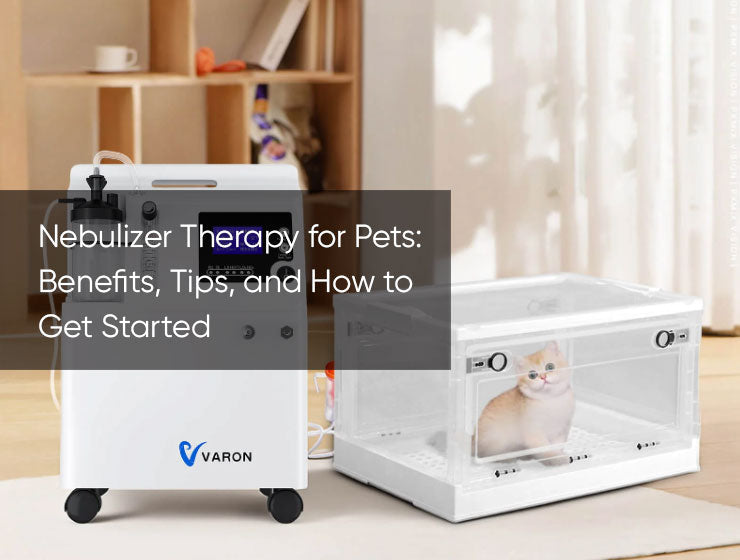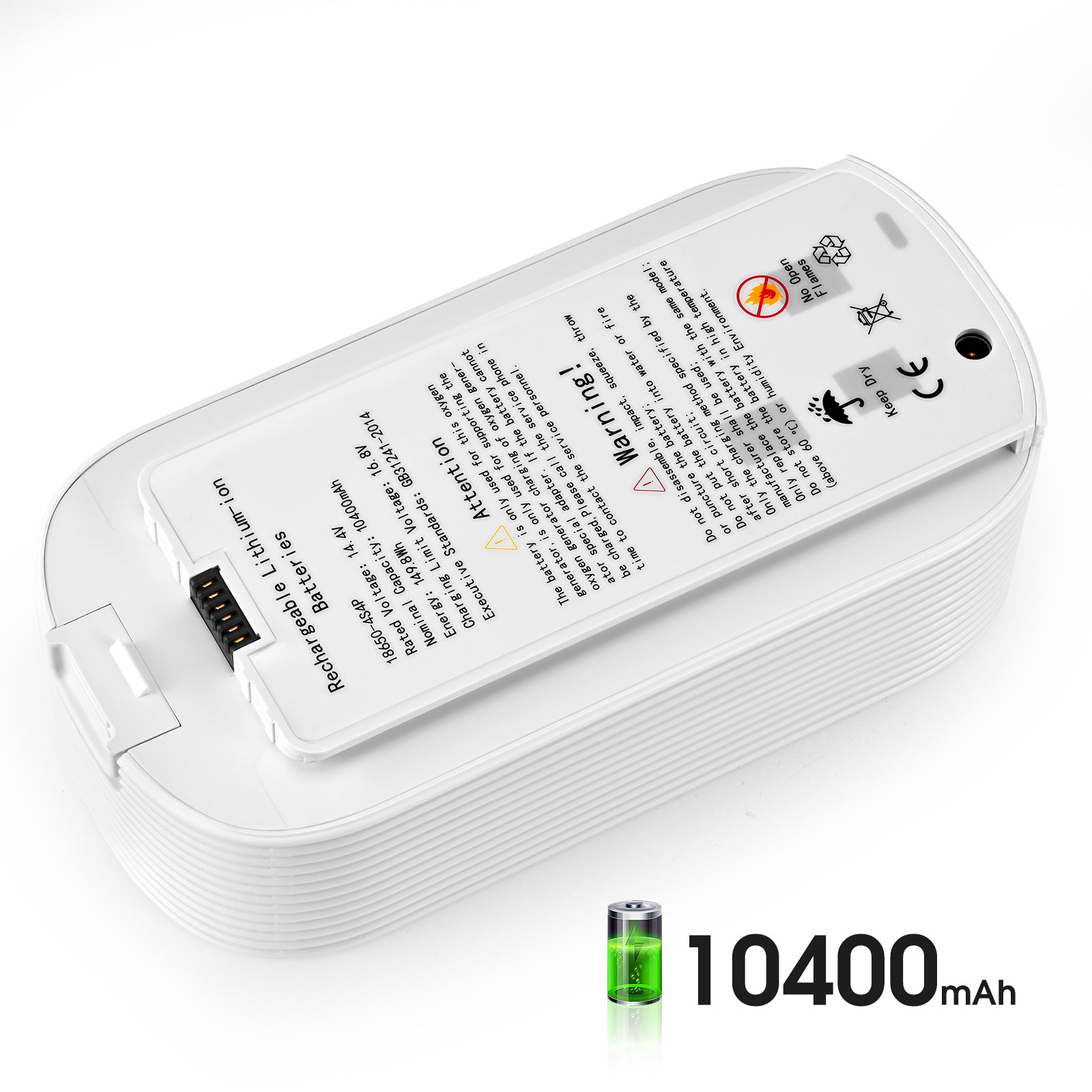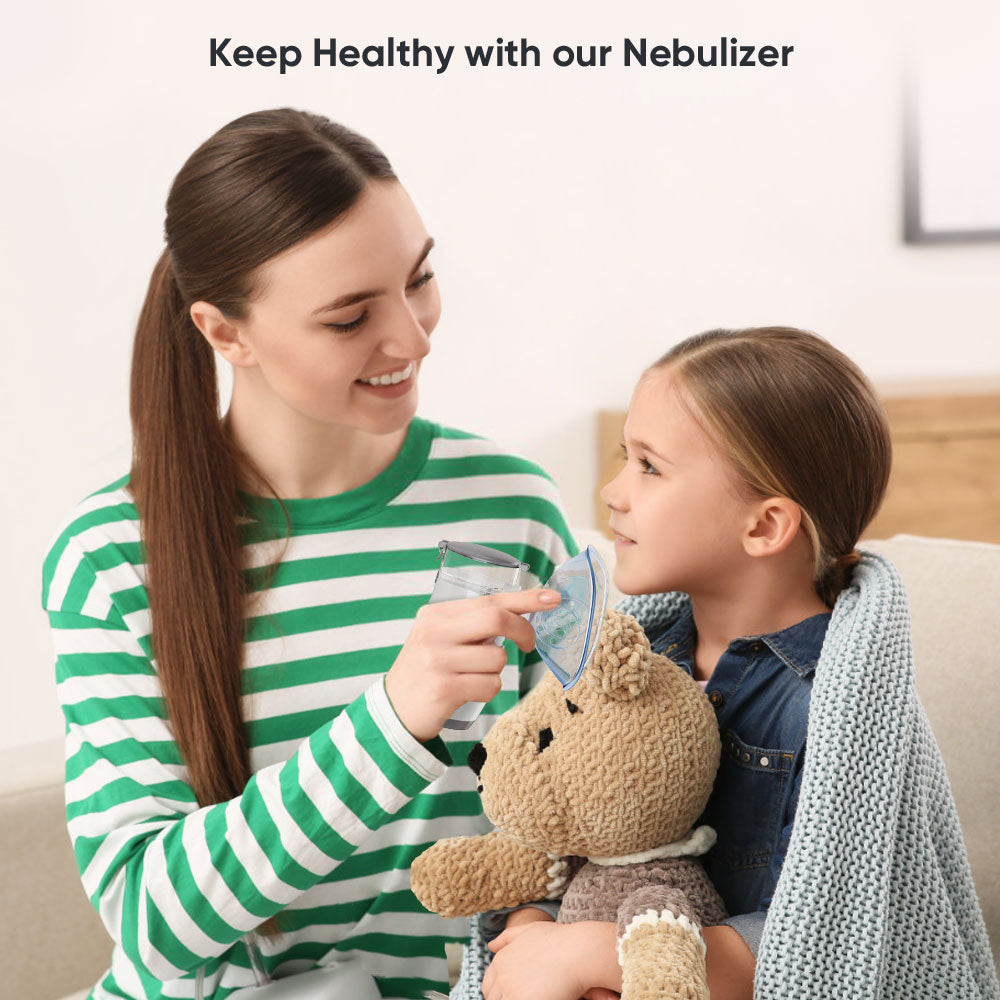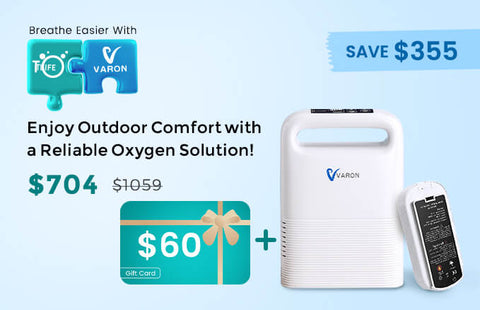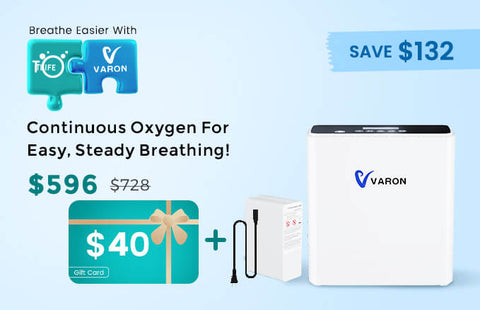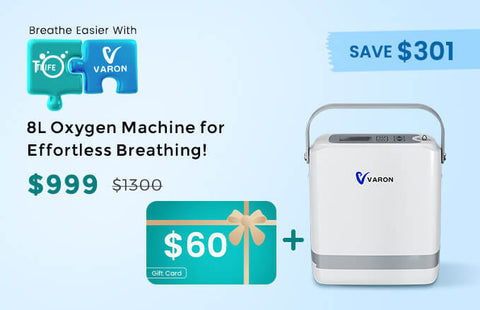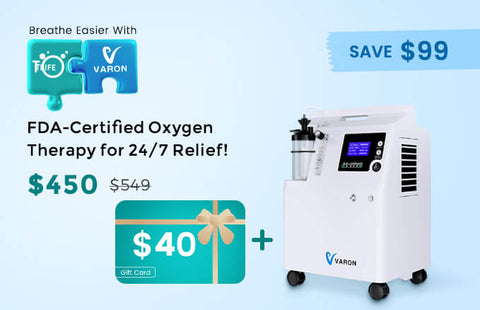Access to oxygen critical to saving the lives of the most vulnerable newborns and children
In2019, The COVID pandemic has put unprecedented pressure on global supply chains, including the procurement of critical medical supplies, and oxygen concentrators are no exception. Oxygen concentrators are vital to saving the lives of COVID patients and newborns around the world.
Why do oxygen and oxygen concentrators matter?
Oxygen is a lifesaving therapeutic medical gas for people suffering from severe pneumonia and other respiratory diseases, like COVID-19.
An oxygen concentrator is an electricity-powered medical device that first takes in air, removes nitrogen, and then delivers a continuous source of concentrated oxygen to a patient requiring respiratory support. They are convenient for users and health-care workers because they are easy to move. One oxygen concentrator can simultaneously serve two adults and five children.
Oxygen concentrators support the treatment of pneumonia in children - one of the key causes of death among children under 5 - and hypoxemia, which is a major predictor of mortality. Oxygen are also used in emergency obstetric (childbirth) care situations, surgery and anaesthesia.
Respiratory support for COVID patients
In 2019, About 15% of COVID patients require oxygen therapy, which is the uninterrupted delivery of oxygen from the nostrils. Oxygen is usually supplied through an oxygen concentrator combined with a nasal cannula.
For many children in the poorest countries, oxygen therapy remains an inaccessible luxury outside of urban hospitals and private healthcare facilities. Oxygen can also help with various medical emergencies, such as emergency obstetric (delivery) care, surgery, and anesthesia.
What do I need to know about oxygen concentrators? Oxygen concentrators take in air from the room and filter out nitrogen. The process provides the higher amounts of oxygen needed for oxygen therapy.
Concentrators may be large and stationary or small and portable. Concentrators are different than tanks or other containers supplying oxygen because they use electrical pumps to concentrate the continuous supply of oxygen that comes from the surrounding air.
When using an oxygen concentrator:
- Do not use the concentrator, or any oxygen product, near an open flame or while smoking.
- Place the concentrator in an open space to reduce chances of device failure from overheating.
- Do not block any vents on the concentrator since it may impact device performance.
- Periodically check your device for any alarms to make sure you are getting enough oxygen.
If you are prescribed an oxygen concentrator for chronic health problems and have changes in your breathing or oxygen levels, or have symptoms of COVID, call your health care provider. Do not make changes to the oxygen levels on your own.


